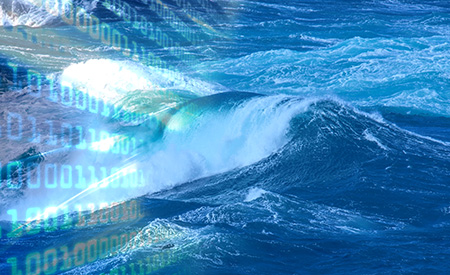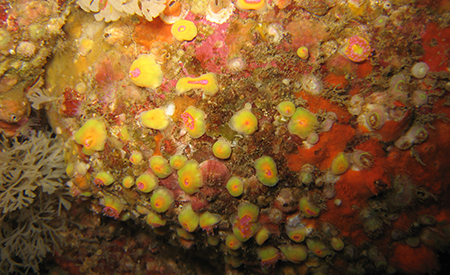Wave energy
Type of resources
Available actions
Topics
Keywords
Contact for the resource
Provided by
Formats
status
-

This document includes the main requirements, use cases, as well as implementation details and is completed with some examples; it can serve as a technical manual of the catalogues module. This document describes the functionalities and the technical aspects of the code implemented to meet them. The catalogues module will provide users with a single source of reference data that can be managed and used in other modules or tools of the DTOcean+ suite to ease inputs during different phase of a project.
-

The objective of Task 4.3 was to carry out the testing of the Stage Gate design tool in order to verify that it meets all the previously defined requirements (in WP2 and T4.1). This report documents the outcome of T4.3 “Verification of the Stage Gate design tool.”
-

Measurement of the diameter of biocolonised moorings and biofouling composition at T+6 months of immersion.
-

To reduce the number of interventions and maintenance operations, it is necessary to monitor the proliferation of marine fouling in real time and over a long period. This is why it is necessary to have an in situ optical video system that is protected for as long as possible against biocolonisation.
-

This report outlines the proposed architecture and main functions of the DTOcean mooring and foundation design module and its interaction with other elements and modules of the tool
-

The objective of the DTOceanPlus project was to develop a software suite of open source advanced tools for the selection, development and deployment of ocean energy systems. DTOceanPlus project made it to develop and demonstrate an open source sotftware suite of second generation design tools for ocean energy technologies including sub-systems, energy capture devices and arrays. These tools support the entire technology innovation process, from concept, through development, to deployment. More broadly, the project also provided an industry standard for communicating technology descriptions throughout the sector. To complement the numerical work, an extensive market analysis of the ocean energy sector is publicly available.
-

Comparison of multiparameter probes
-

This report provides an introduction to the architecture of the installation module within the DTOcean global tool
-

Technology readiness levels are a widely used metric of technology maturity and risk for marine renewable energy devices. To-date, a large number of device concepts have been proposed which have reached the early validation stages of development. Only a handful of mature designs have attained pre-commercial development status following prototype sea trials. In order to navigate through the aptly named “valley of death” towards commercial realisation, it is necessary for new technologies to be de-risked in terms of component durability and reliability. In this paper the scope of the reliability assessment module of the DTOcean design tool is outlined including aspects of tool integration, data provision and how prediction uncertainties are accounted for
-

This document presents the first step in achieving DTOceanPlus project website’s launching.
 Catalogue PIGMA
Catalogue PIGMA